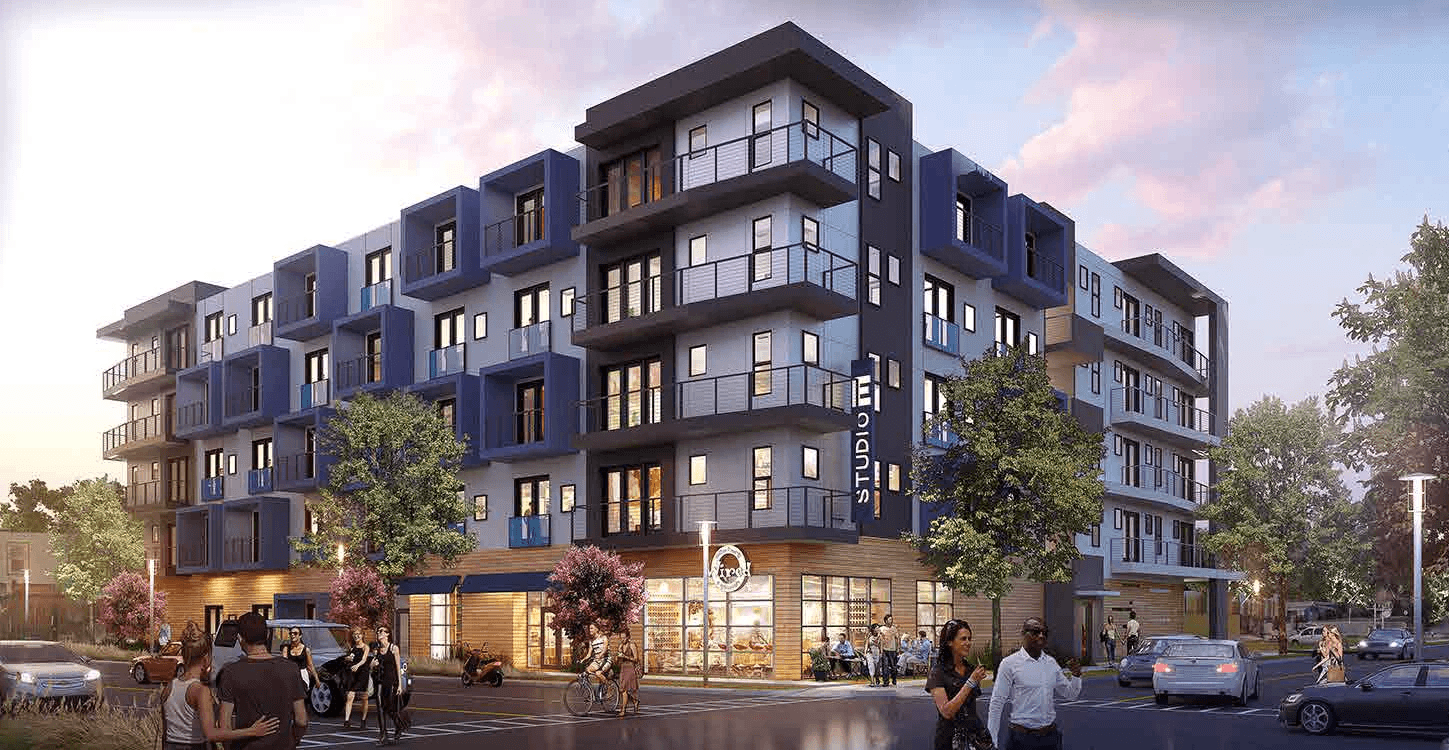
Regulation Insights
Boston: EV Readiness Requirements
In a significant move toward sustainable urban development, the City of Boston implemented an Electric Vehicle (EV) readiness policy for new construction and substantial rehabilitation projects. The ordinance, which took effect in March of 2019 and applies to any developments approved thereafter, establishes comprehensive guidelines for EV charging infrastructure in new developments.
The mandate reflects Boston's commitment to reducing greenhouse gas emissions and supporting the growing adoption of electric vehicles. As part of the city's Carbon Free Boston initiative, these requirements aim to ensure that Boston's buildings are future-proofed for the anticipated surge in EV adoption.
With heavy guidelines, Boston developers potentially face a big problem to tackle.
Follow the link below for the full regulation:
Boston EV Readiness Policy for New Developments
Summary of Requirements:
EV-Capable: Parking spaces with the electrical capacity to support an EV charging station.
EV-Ready: Parking spaces with all necessary electrical infrastructure (e.g., wiring) installed to support an EV charger.
EVSE-Installed: Parking spaces with a fully operational EV charging station installed.

Additional notes:
TAPA is activated by new construction that is > 50,000 square feet as well as certain size buildings that undergo a change-in-use or rehabilitation.
Map of parking freeze zones.
5% of EVSE-Installed spaces (but not less than 1) must be accessible.
Electrical Capacity Demands
For a parking space to be at least capable of supporting a standard Level 2 EV charger, it typically requires a 40A circuit at 208V / 240V to deliver power to a single vehicle. For example, a 250-unit residential building with an equal amount of parking spaces could result in 10,000A of capacity required! This amount of infrastructure would be incredibly expensive to design and install. But what if we could put more than one charger on a single circuit?
Meeting Regulations with EVSE Energy Management
An EVSE Energy Management System can be used to install multiple chargers on a single circuit given that enough power is available to each charging station. PlugOp's advanced energy management software actively controls the delivery of power to each charging station based on the number of EVs plugged in and each driver's specific needs. Using this system in the same previous example of a 250-unit residential building, the total capacity required could be less than 2,000A (an 80% reduction in required capacity).
An EVSE Energy Management Systems, such as PlugOp’s, is the most critical technology to reduce costs in implementing large scale charging programs and meet your city’s charging requirements.
We encourage developers to reach out to us earlier in the design phase such that we can support their electrical engineering team with designing a cost-effective solution.
Use the calculator below to see how energy management can help reduce electrical capacity in your new development. Note that this calculator considers requirements for multi-family projects only and assumes minimum charging rate for energy management based on city requirements.
Considerations for Charging Programs with Energy Management
Although energy management can be an effective tool for reducing project costs; without the proper management platform, your residents may be disappointed with their charging experience as a result of reduced power. Here are the three biggest considerations to ensure residents love using your charging program although it is configured with energy management:
Convenience: EV owners want to be able to come home every night, plug in, and forget about it. We call this an assigned charging experience, and with the EV being plugged in every night, there is more than enough power even with energy management to replenish daily driving needs.
Transparency: In most energy management-based charging systems, it can be difficult for users to understand how long it will take to fully charge their vehicles, especially as other users plugging in can significantly reduce power delivery. Consider an energy management software that focuses on informing users of expected charge times when power delivery changes.
Flexibility: Charge speed flexibility can enhance the user experience. This flexibility primarily comes from allowing users to request additional energy when needed. For example, a system that enables users to ‘skip the line’ for faster charging when they need it most ensures user satisfaction.
At PlugOp, we have features built into our platform to ensure all three of these points are taken care of.
Reach out below to learn more about how we can help you meet your city's EV Parking Regulation at a significant cost reduction while maintaining a fantastic user experience!







